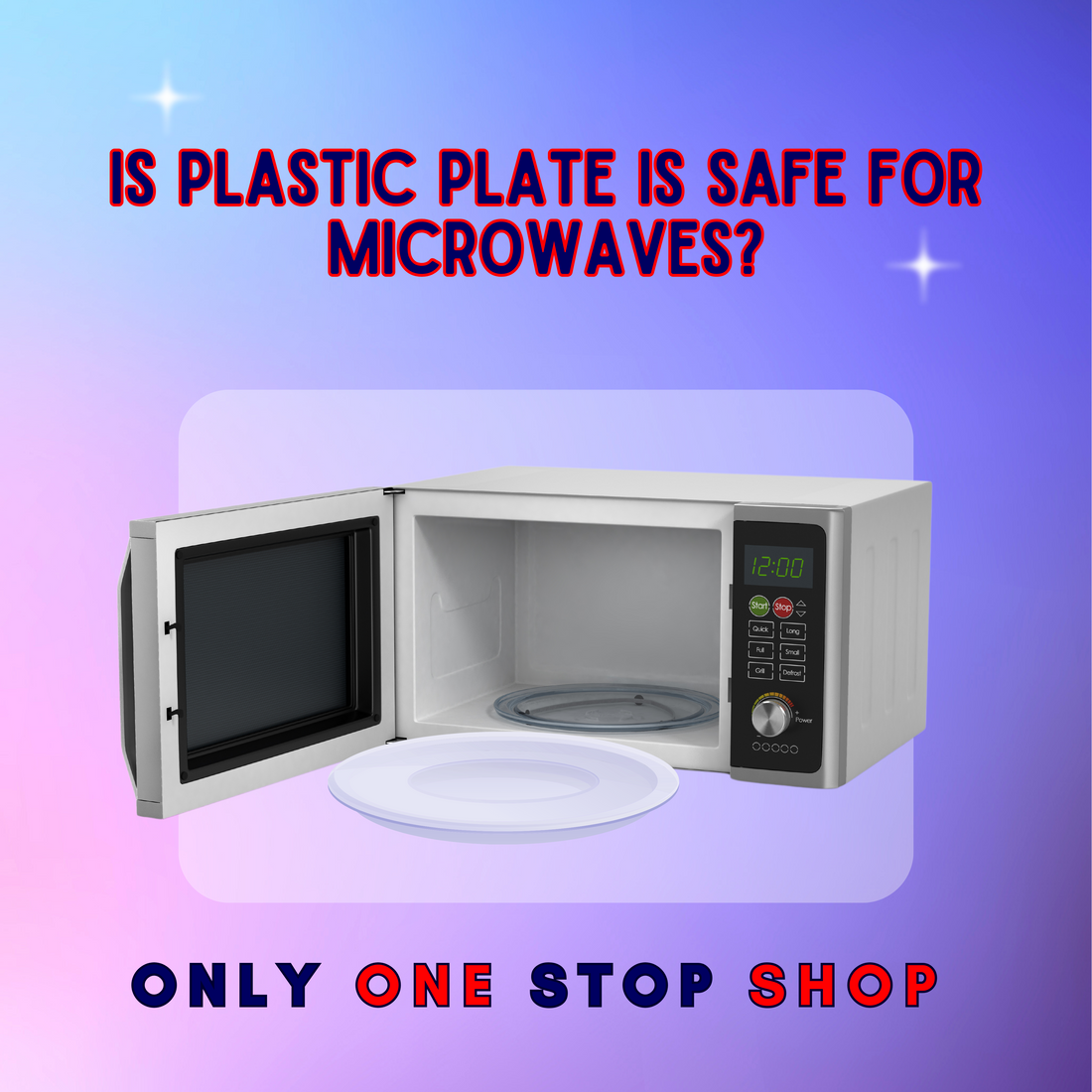
Only One Stop Shop .
Heating up last night’s leftovers in a plastic container? It’s easy to check to see whether a plastic container or wrap is safe to use in the microwave. In fact, many plastic containers are designed specifically to withstand high microwave temperatures.
To see if a plastic container or wrap is microwave-safe, check the label:
- Products labeled “Microwave Safe” can be used in a microwave.
- Products labeled with an imprinted microwave symbol can be used in the microwave. This symbol is mostly used on reusable plastic storage containers. Learn more about the different types of plastic food packaging and symbols.
- Other plastic containers, packages or wraps may include instructions for proper microwave use on their labels.
All plastic food packaging materials – whether or not it’s microwave-safe – must meet stringent U.S. Food and Drug Administration (FDA) safety standards. FDA undertakes a safety review for all new food-contact materials before permitting them on the market.
Some types of plastics, such as plastics used in butter tubs and deli containers, are designed for cold food storage, not for reheating. If the container in question is not labeled for microwave use, put your food in a container that is before heating it in the microwave.
............................................................................................
Plastic Plate and Table ware
https://onlyonestopshop.com/collections/plastic-plates
..............................................................................................
What makes microwaving plastics bad?
It starts with the fact that plastic food containers may contain some particular chemicals that can disrupt a person’s body functions. These chemicals are called BPA and phthalates, they are known to disrupt endocrines and hormones that can create irreversible effects on estrogen and testosterone levels. These hormones are big factors in terms of the reproductive system and metabolism.
BPA is one of the chemicals that are used in plastics that causes hormonal imbalance in people. The chemical makes the body create more hormones that can cause cancer. BPA is also known to increase insulin reproduction that slows down sugar and fat breakdown leading to a faster pace towards obesity. These 2 health problems are part of the biggest health issues in the USA.
Plastics that have BPA may not instantaneously contaminate food, but heating them in a microwave will increase the cause of this problem. Since heat breaks down the plastic’s structure forming a semi-liquid state that can easily seep into food.
Is it possible to create plastics without BPA? Yes, some plastics are BPA-free. They are known to be more consumer-friendly and food grade. However, once the BPA-free plastic gets dissolved from the microwave’s heat, it can also cause stomach problems since BPA-free plastics are not biodegradable and can cause problems to the stomach lining.
To make it simple, always check if the plastic container is BPA-free, and learn the temperature limit of the plastic.
https://onlyonestopshop.com/collections/value-party-pack
Which plastics are microwave safe?
According to only one stop shop there are at least 5 types of plastics. These plastics have different properties and temperature limits. To know more about the different kinds of plastics head over to that page, but for a quick read on which plastics are microwave safe, then continue reading this article.
One of the fastest ways to know if plastic is microwave safe is to check if there is a microwave sign or image at the bottom of the container. But if there is none, refer to the plastic numbers.
Plastic #2
Plastic # 2 is microwave safe. It is also known as HDPE or high-density polyethylene which is primarily used in potable liquids or drinks. This plastic is commonly seen in milk and juice jugs. It has a heat limit of –40 to 266 Fahrenheit before it melts. It also has a lot of advantages that make it perfect for storing liquids.
HDPE is extremely rugged and durable which is perfect for storing drinks. It’s also great for reuse since the plastic isn’t delicate so it won’t tear off or contaminate the food. It’s also good to remember that food containers have different recycling laws depending on the state.
Plastic #5
Plastic #5 is also microwave safe. Its full name is polypropylene and it’s commonly used as food containers, spoons, and forks. It can withstand temperatures up to ≈ 230 degrees F, which is why this is perfect for those microwave meals.
Which plastics are not microwave safe?
Plastic #6
Plastic #6 is not microwave safe. It’s also called polystyrene which is the basic component of styrofoam. Styrofoam has a very low melting point, this means that even without heating this plastic in the microwave, it can easily melt. It’s also good to note that styrofoam is banned in some states because of its non-microwaveable nature.
Styrofoam is also a major plastic problem since it’s one of the most popular take-outcontainers.
Plastic#1
Plastic #1 is not microwave safe. This plastic is called Polyethylene Terephthalate, and it has a melting point of 120 degrees Fahrenheit. This plastic is mostly used in single-use food containers such as burger containers and fruits. They are usually packed with food that shouldn’t be microwaveable.


